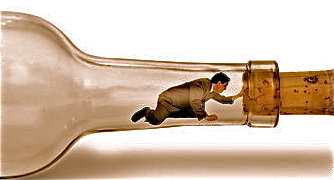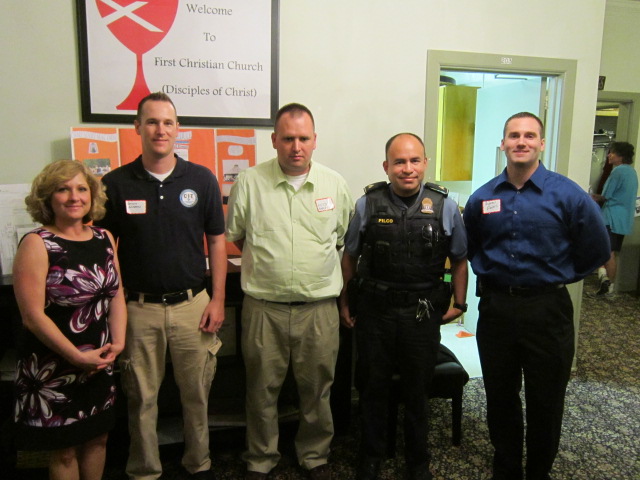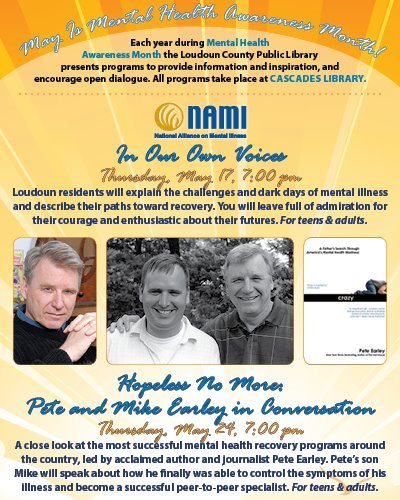
How would you feel if you checked into a hospital for emergency surgery and after the operation was successfully completed, you were told that you couldn’t go home?
“But how long do I have to stay in the hospital?” you might ask.
“Maybe weeks, maybe months, or even longer.”
For patients with severe mental illnesses in Virginia’s state mental hospitals this is not a theoretical question. It’s what is happening every day across the state. It also appears to be happening in other states, as well.
A new investigative report by Douglas Bevelacqua, the Inspector General for the Virginia Department of Behavioral Health and Development Services, found that 70 patients in state mental hospitals were ready to be discharged. But they couldn’t be released because there was no where safe for them to go!
The primary problem was a lack of affordable supportive housing. The next roadblock was a lack of community based treatment services, especially for elderly patients, those with co-occurring disorders, or those with such severe mental disorders that they require specialized care.
This bottleneck wastes tax dollars. The average cost of keeping a patient in a state mental hospital is about $590 per day or $215,000 per year, according to the Virginia IG. The average cost of supporting that same patient in a community setting is about $120 per day or about $44,000 per year. It doesn’t take a math wizard to see the savings. Taxpayers are shelling out $15 million for services that could be obtained for $3.3 million. That’s a staggering savings of nearly $12 million!
Bevelacqua also notes that keeping patients, who are ready to be discharged, in state hospitals takes up beds that are desperately needed by sick patients waiting to get help.
“It doesn’t make any difference which door is closed,” Bevelacqua said. “…If the hospital’s full, people can’t get in the front door. And if the community’s full, you can’t get out the back door.”





